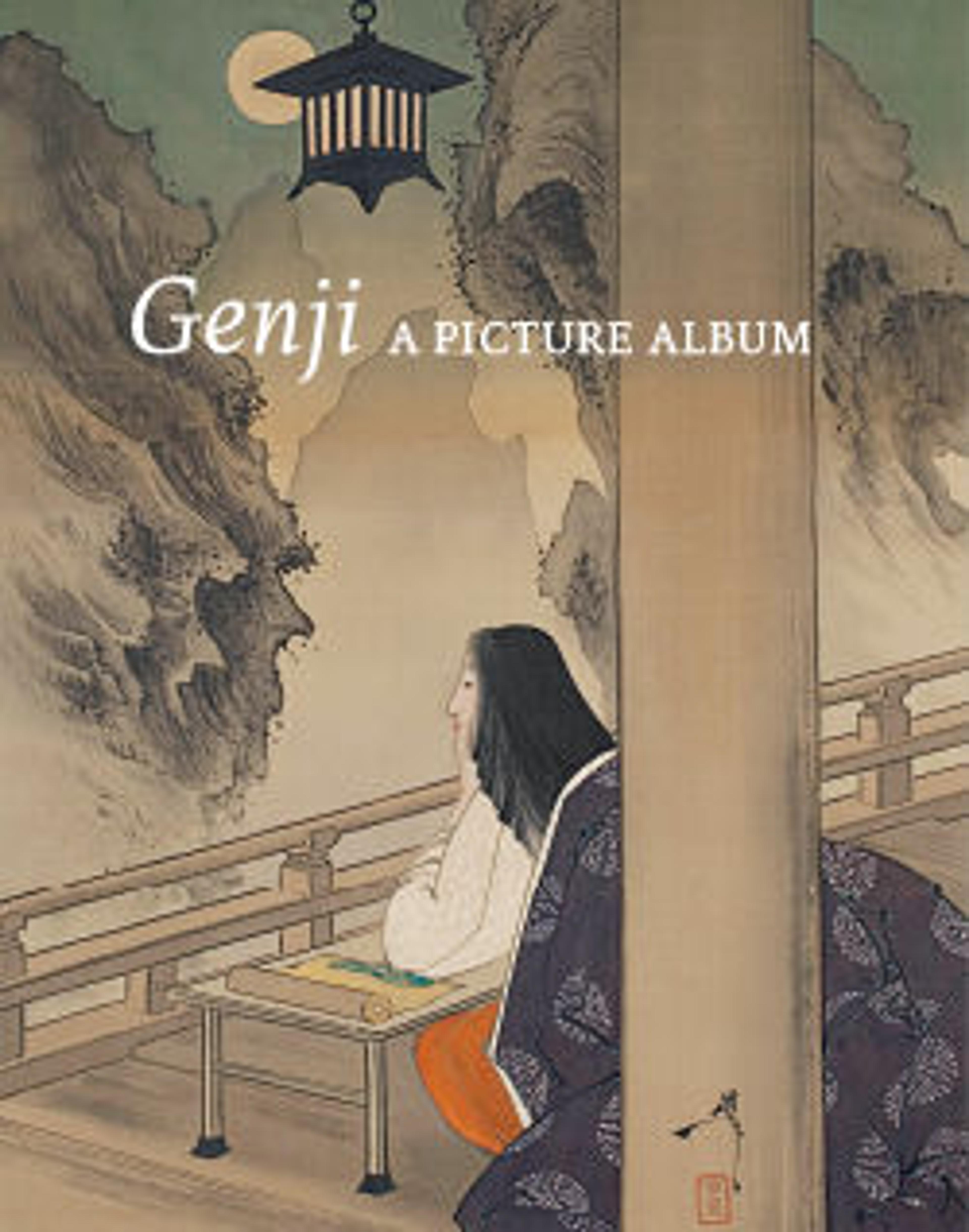Goose and Reeds; Willows in the Moonlight
A goose, wings half spread, swoops toward the surface of the water in the right-hand screen. The only indications of a shore are tops of spindly reeds bending beneath the wind in the lower right corner and waves cresting close by. On the left screen, willow trees by a river and the moon’s reflection on the surface of the water offer a more quietly lyrical view. In both, the viewpoint is low and pictorial elements are close to the viewer, giving the background space a feeling of great depth. Although they have been handed down as a pair, dates inscribed by Maruyama Ōkyo on each screen are some two decades apart. Ōkyo, founder of the Maruyama-Shijō school, blended Western-style realism with elements from Japanese and Chinese traditions of painting in a manner that made him one of the most popular artists of his day.
Artwork Details
- Title: Goose and Reeds; Willows in the Moonlight
- Artist: Maruyama Ōkyo 円山応挙 (Japanese, 1733–1795)
- Period: Edo period (1615–1868)
- Date: right screen: 1774; left screen: 1793
- Culture: Japan
- Medium: Pair of six-panel folding screens; ink, color and gold on paper
- Dimensions: Each: Image: 60 9/16 in. × 11 ft. 7 1/2 in. (153.9 × 354.4 cm)
- Classification: Paintings
- Credit Line: Mary Griggs Burke Collection, Gift of the Mary and Jackson Burke Foundation, 2015
- Object Number: 2015.300.197.1, .2
- Curatorial Department: Asian Art
More Artwork
Research Resources
The Met provides unparalleled resources for research and welcomes an international community of students and scholars. The Met's Open Access API is where creators and researchers can connect to the The Met collection. Open Access data and public domain images are available for unrestricted commercial and noncommercial use without permission or fee.
To request images under copyright and other restrictions, please use this Image Request form.
Feedback
We continue to research and examine historical and cultural context for objects in The Met collection. If you have comments or questions about this object record, please contact us using the form below. The Museum looks forward to receiving your comments.
